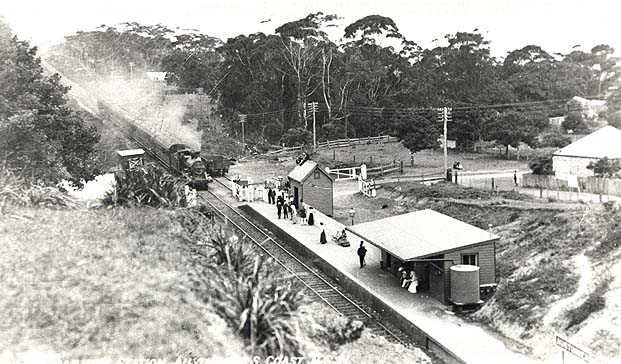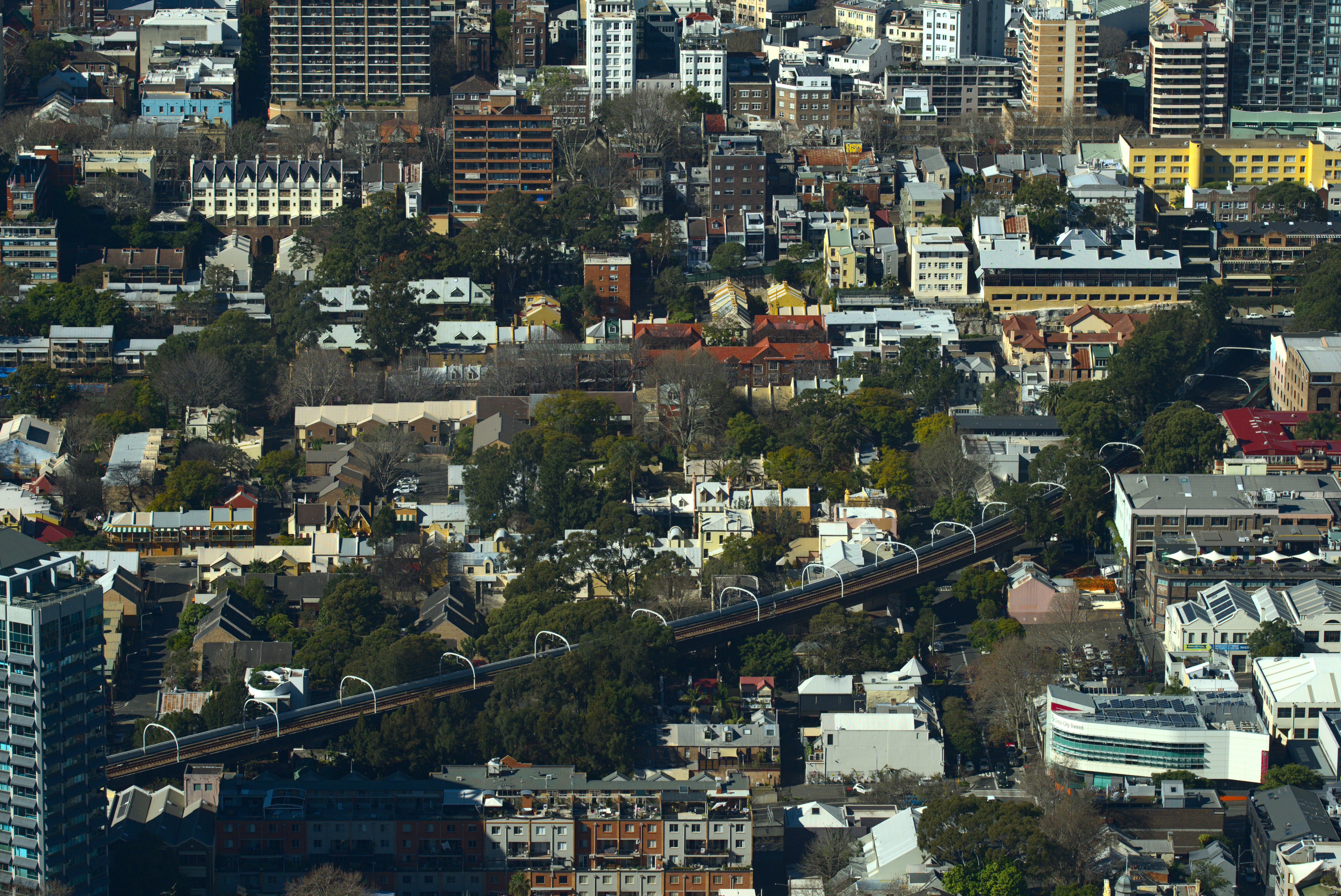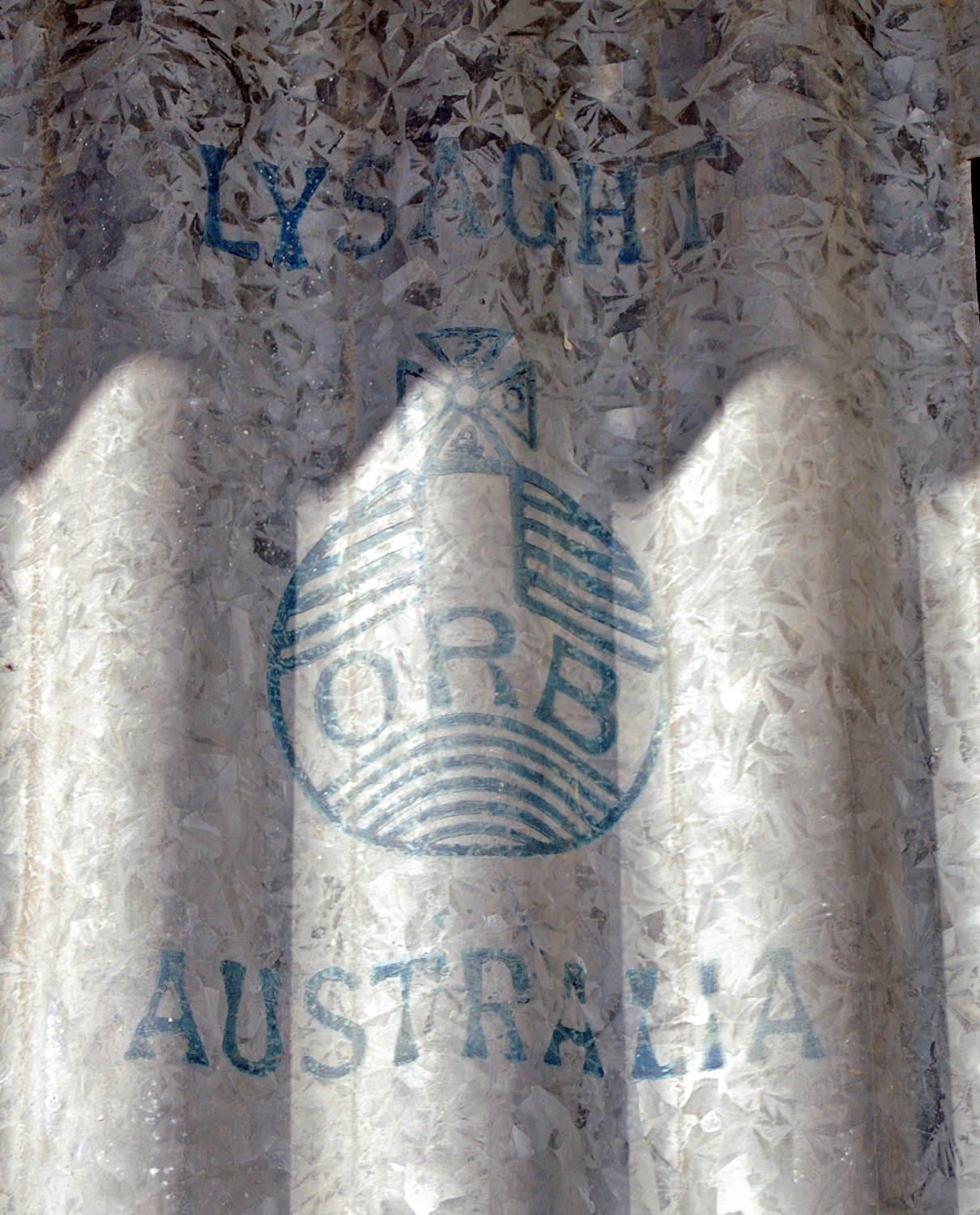|
South Coast Line
The South Coast Line is an intercity rail service operated by NSW TrainLink that services the Illawarra region of New South Wales, Australia. The service runs from , and runs the entire length of the eponymous South Coast railway line to . The service also runs along the Eastern Suburbs railway line at peak hours and the Port Kembla railway line to . It is operated with NSW TrainLink H sets and Sydney Trains T sets, with Endeavour railcars operating the service on the non-electrified line between and Bomaderry. Passenger trains first operated on the South Coast railway line in 1887, and is one of five routes on the NSW TrainLink Intercity network. The South Coast Line routes span 40 stations, across 159 km (99 mi) of railway. An additional 5 stations and 7 km (4 Miles) of railway are travelled by South Coast Line trains at peak hour on the Eastern Suburbs railway line. History Stations The first passenger train services on the Illawarra commenced on 21 June 1887, ... [...More Info...] [...Related Items...] OR: [Wikipedia] [Google] [Baidu] |
NSW TrainLink
NSW TrainLink is a train and coach operator in Australia, providing services throughout New South Wales and the Australian Capital Territory, along with limited interstate services into Victoria, Queensland and South Australia. Its primary intercity and regional services are spread throughout five major rail lines, operating out of Sydney's Central railway station. NSW TrainLink was formed on 1 July 2013 when RailCorp was restructured and CountryLink was merged with the intercity services of CityRail. History In May 2012, the Minister for Transport announced a restructure of RailCorp. On 1 July 2013, NSW TrainLink took over (a) the operation of regional rail and coach services previously operated by CountryLink; (b) non-metropolitan Sydney services previously operated by CityRail; and (c) responsibility for the Main Northern railway line from Berowra railway station to Newcastle station, the Main Western railway line from Emu Plains railway station to Bathurst railway station, ... [...More Info...] [...Related Items...] OR: [Wikipedia] [Google] [Baidu] |
Shell Cove, New South Wales
Shell Cove is a seaside suburb in the City of Shellharbour, Shellharbour area located just south of Wollongong, New South Wales, Wollongong, New South Wales, Australia. Shell Cove adjoins Bass Point (Australia), Bass Point and Killalea State Park and includes a variety of facilities and amenities such as: parks and bush reserves, The Links Golf Course, Shell Cove Public School & pre-schools, Shellharbour Anglican College, Family Health Medical Centre and of course The newly developed Shell Cove Marina. Heritage listings Shell Cove has a number of heritage-listed sites, including: * Boollwarroo Parade: Bass Point Reserve Shell Cove Marina The recent addition of the Shell Cove Marina has been welcomed by many in the local community. There are a few different restaurants and cafes, a barber, Woolworths, Bakery, Gelato store and a few retail stores. There is also a Kids Beach that offers a nice space for parents to sit and watch their kids. There are many apartments that have a d ... [...More Info...] [...Related Items...] OR: [Wikipedia] [Google] [Baidu] |
Princes Motorway
The Princes Motorway is a predominantly dual carriage untolled motorway that links Sydney to Wollongong and further south through the Illawarra region to . Part of the Australian Highway 1 network, the motorway is designated with the route number M1. The motorway is sometimes known by its previous signposting F6 (Freeway Route 6) and its previous name, the Southern Freeway, which applied to the sections between Waterfall and Bulli Tops as well as Gwynneville and Yallah.F6 Southern Freeway ''Ozroads: the Australian Roads Website''. Retrieved 24 August 2008. The section between Bulli Tops and Gwynneville was known as Mount Ousley Road, and was first built as a defence route and later upgraded to |
CityRail
CityRail was a passenger railway brand operated by the State Rail Authority from 1989 to 2003 and by RailCorp from 2003 to 2013 with services in and around Sydney, Newcastle and Wollongong, the three largest cities in New South Wales, Australia. It was established in January 1989 and abolished in June 2013 when it was superseded by Sydney Trains and NSW TrainLink. In June 2013, it operated 307 stations and over 2,060 kilometres of track, extending north to the upper Hunter Region, south to the Shoalhaven and Southern Highlands regions and west to Bathurst. In the year ended 30 June 2012, 306 million journeys were made on the network. History Structure CityRail was established pursuant to the , and was first mentioned as an entity distinct from the State Rail Authority in the Parliament of New South Wales by then governor James Rowland on 21 February 1990. CityRail adopted a blue and yellow version of the State Rail Authority ''L7'' logo, to fit into its new blue and yellow ... [...More Info...] [...Related Items...] OR: [Wikipedia] [Google] [Baidu] |
NSW TrainLink V Set
The V sets are a class of electric multiple units currently operated by NSW TrainLink. Built by Comeng between 1970 and 1989, the sets are of stainless steel construction, and are currently the oldest in the NSW TrainLink fleet. Initially introduced under the Public Transport Commission, only sets from 1977 and onwards remain in service, now operating on Interurban services throughout New South Wales on the Main Western line to Lithgow and Main Northern line to Newcastle. History Orders and Contracts The V sets were delivered over a 19-year period from 1970. Series 1 NSWGR Contract 8/68 – Comeng contract 68/11 – specification 2384 – entered service 1970 * DCF8001 – DCF8008 (8) * DDC9001 – DDC9004 (4) * DTF9011 – DTF9012 (2) * DTC9021 – DTC9022 (2) Series 2 NSWGR Contract 2/76 – Comeng contract 76/3 – specification 2505 – entered service 1977 Oerlikon brake valves. Sigma Blue Light air conditioning. No crew air conditioning. Low dashboard. Coloured fault ... [...More Info...] [...Related Items...] OR: [Wikipedia] [Google] [Baidu] |
South Coast Daylight Express
The South Coast Daylight Express was a limited stops passenger train operated by the New South Wales Government Railways and its successors between Sydney and Bomaderry from 1933 until January 1991. History After departing Sydney Central it travelled via the Illawarra line calling at Hurstville, Wollongong, Kiama, Gerringong, Berry and Bomaderry. It continued to operate after the line was electrified to Wollongong in January 1986 but was withdrawn in January 1991 with DEB set railcars connecting with V set electrics at Wollongong. Rolling stock It was originally formed of R set carriages painted green and cream. From 1949 until 1957 it was formed of air-conditioned HUB carriages. In March 1961, the 1100 class Budd diesel railcars took over. From the late 1970s they were joined by the 1200 class Tulloch diesel railcars. Following a derailment at Erskineville in February 1983, they began to have their engines removed and became locomotive hauled stock with a 44, 421 or 42 ... [...More Info...] [...Related Items...] OR: [Wikipedia] [Google] [Baidu] |
Sydney Trains
Sydney Trains is the operator of the suburban passenger rail network serving the city of Sydney, New South Wales, Australia. The network is a hybrid urban- suburban rail system with a central underground core that covers over of track and 170 stations over eight lines. It has metro-equivalent train frequencies of every three minutes or better in the underground core, 5–10 minutes off-peak at most inner-city and major stations and 15 minutes off-peak at most minor stations. During the weekday peak, train services are more frequent. The network is managed by Transport for NSW, and is part of its Opal ticketing system. In 2018–19, 377.1 million passenger journeys were made on the network. History In May 2012, the Minister for Transport announced a restructure of RailCorp, the organisation that owned and managed the metropolitan rail network and operated passenger services throughout New South Wales. Two new organisations were created to take over operation of the services f ... [...More Info...] [...Related Items...] OR: [Wikipedia] [Google] [Baidu] |
Eastern Suburbs & Illawarra Line
The Eastern Suburbs & Illawarra Line (numbered T4, coloured azure blue) is a commuter railway line in the eastern and southern suburbs of Sydney and is a part of the Sydney Trains network. The line was constructed in the 1880s to Wollongong to take advantage of agricultural and mining potentials in the Illawarra area. In March 1926, it became the first railway in New South Wales to run electric train services. Today, the railway consists of three connected lines: *The original Illawarra line from the Sydney CBD to Waterfall *The Cronulla line from Sutherland to Cronulla, which opened in 1939 replacing an earlier tram service *The Eastern Suburbs line from the Sydney CBD to Bondi Junction, which opened in 1979 Operationally and historically, the entire line from the Illawarra Junction at Redfern to its terminus in Bomaderry on the South Coast was known as the ''Illawarra Line''. However, since 1989, the suburban services to Waterfall and Cronulla have been marketed as th ... [...More Info...] [...Related Items...] OR: [Wikipedia] [Google] [Baidu] |
Locomotive
A locomotive or engine is a rail transport vehicle that provides the Power (physics), motive power for a train. If a locomotive is capable of carrying a payload, it is usually rather referred to as a multiple unit, Motor coach (rail), motor coach, railcar or power car; the use of these self-propelled vehicles is increasingly common for passenger trains, but rare for freight (see CargoSprinter). Traditionally, locomotives pulled trains from the front. However, Push-pull train, push-pull operation has become common, where the train may have a locomotive (or locomotives) at the front, at the rear, or at each end. Most recently railroads have begun adopting DPU or distributed power. The front may have one or two locomotives followed by a mid-train locomotive that is controlled remotely from the lead unit. __TOC__ Etymology The word ''locomotive'' originates from the Latin language, Latin 'from a place', Ablative case, ablative of 'place', and the Medieval Latin 'causing mot ... [...More Info...] [...Related Items...] OR: [Wikipedia] [Google] [Baidu] |
Lysaght (Australian Company)
Lysaght was founded in 1880 by John Lysaght as a subsidiary to the company John Lysaght and Co. The company pioneered modern steel coating technologies (galvanization). Its coated steel building products were sold under the 'ORB' brand and contributed to Australian architectural style. History In 1857 John Lysaght and Co. was established in England at the St Vincent's Works in Bristol and commenced manufacturing corrugated iron. The firm exported to many countries including Australia and South America. By 1880 Lysaghts was exporting enough corrugated iron to Australia to establish a central selling agency in Melbourne.An Australian Icon Lysaght Utilizing this demand, John Lysaght set up ''Victoria Galvanised Iron and Wire Company'' in order to get around import restrictions. In 1897 the company publication, the ''Lysaght Refer ... [...More Info...] [...Related Items...] OR: [Wikipedia] [Google] [Baidu] |
Port Kembla Railway Station
Port Kembla is a single-platform intercity train terminal located in Port Kembla, Australia, on the South Coast railway line's Port Kembla branch. The station serves NSW TrainLink trains traveling north to Wollongong and Sydney. The station also serves as a stabling location for South Coast line trains. History The wharves, mills and factories that today characterise Port Kembla began to develop in the early part of the 20th century. The railway from the main South Coast line to the new port was completed in July 1916, but the only station, Mount Drummond, was at the northern end. Port Kembla Station, at the southern end near the Outer Harbour breakwater, opened in January 1920. Additional stations were to follow: in 1926 at Cringila, 1936 on the southern boundary of the Australian Iron & Steel steelworks ( Port Kembla North), and 1938 within the John Lysaghts site. Electric multiple unit trains began to service Port Kembla Station from February 1986 and the station buildin ... [...More Info...] [...Related Items...] OR: [Wikipedia] [Google] [Baidu] |
Port Kembla, New South Wales
Port Kembla is a suburb of Wollongong 8 km south of the CBD and part of the Illawarra region of New South Wales. The suburb comprises a seaport, industrial complex (one of the largest in Australia), a small harbour foreshore nature reserve, and a small commercial sector. It is situated on the tip of Red Point (Port Kembla), Red Point: its first European sighting was by Captain James Cook in 1770. The name "Kembla" is an Aboriginal Australians, Aboriginal word meaning "plenty [of] wild fowl". History Before Port Kembla was an industrial suburb of Wollongong, it was a town with a remarkably self-sufficient society, a growing commercial centre, and a vibrant civic life. Town subdivision began in 1908, and by 1921 there were 1622 residents. Economic expansion propelled further population growth. Port Kembla derives its name from its proximity to Mount Kembla. Industrial change A copper smelter and refinery, the Electrolytic Refinery and Smelting Company of Australia, began pro ... [...More Info...] [...Related Items...] OR: [Wikipedia] [Google] [Baidu] |

.jpg)




